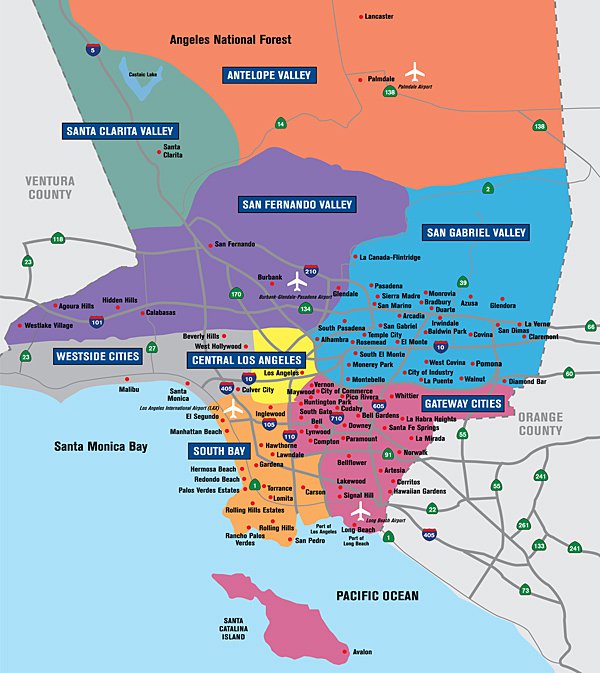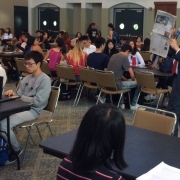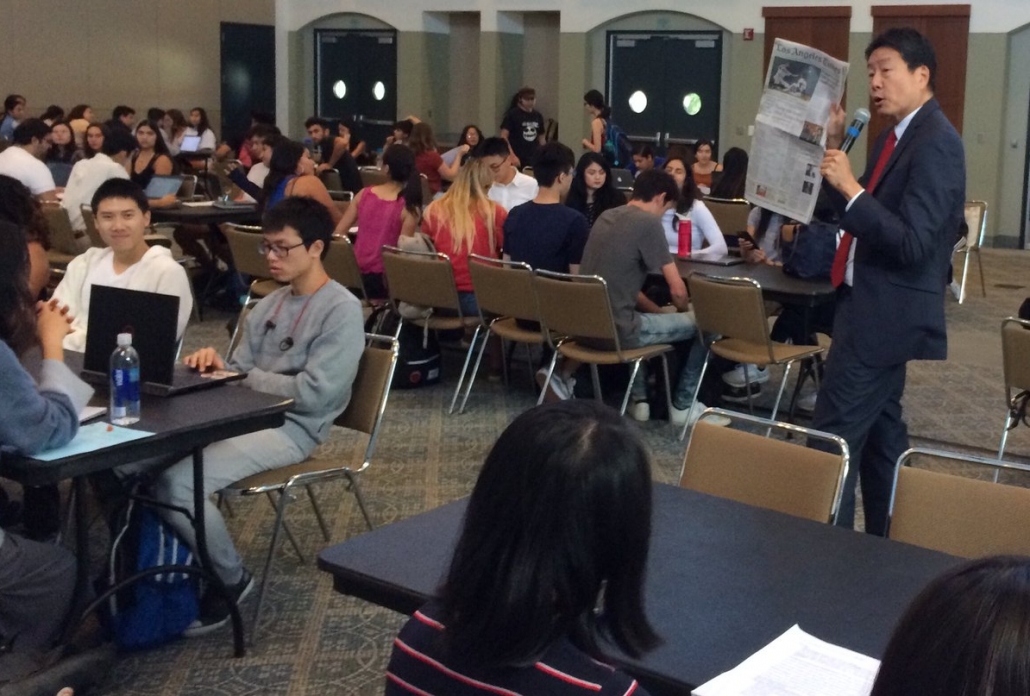By Rahim Kurwa
Assistant Professor, University of Illinois at Chicago
“…They came in with shotguns. They came in in vests. They came in in riot gear, and they held guns on us like we were wanted criminals. They surrounded my house… And when I say they looked, they did a massive search on my house. They went in my drawers. They held guns on my kids. They went in my kitchen drawers. In my son’s drawer. They pulled out an I.D. and some money and said bam – threw it across the table at me and said hah, who is this? That’s what the officer said. Yeah. We got her. Who is this?”
Sandra is a black woman living in the Antelope Valley – Los Angeles County’s northernmost suburb. In this quote from my interview with her, Sandra, who uses the Section 8 voucher program to rent her home, describes the experience of a surprise housing inspection. In this case, inspectors thought they had caught her violating the program’s residency rules (which bar unauthorized tenants from living in the home), but she was able to prove that her son had been approved to live there. Had she not, the inspection might have led to her eviction. Stories about inspections like this are a common thread in the interviews I conducted with voucher renters in the Antelope Valley. But how and why did this encounter occur – in a historically white suburb with little history of low-income housing assistance?
The explanation in large part traces back to the Civil Rights Era and the ways that white hostility to black residents has changed over time. The year 1968 produced two major housing landmarks – the passage of the Fair Housing Act (FHA) in the wake of Martin Luther King Jr.’s assassination, and the publication of the Kerner Commission Report. The first barred discrimination in the sale or rental of housing. The second identified racial segregation as foundational to a broader system of racial inequality and urged integrationist housing policy in response.
In the 50 years since, programs like housing vouchers have come to dominate federal low-income housing assistance, on the premise that vouchers could help renters move out of poor and segregated neighborhoods. In Los Angeles, the program tends to generate movement either within South Los Angeles or to far-flung suburbs like the Antelope Valley. But like white residents around the country who generally prefer not to have black neighbors, many in the Antelope Valley have also resisted racial integration.

A map of L.A. County, the Antelope Valley shown in orange. Photo: laedc.org
When I talked to local residents who weren’t using vouchers, I found that two-thirds were opposed to the program, voicing stereotypes and misconceptions about it and its participants that echoed the ideas used to undermine other “social safety net” programs over the past several decades. Some local residents referenced the city’s nuisance code as a tool they could use to exert power over neighbors or get rid of them altogether. They knew, for example, that five calls made about a single rental property could penalize the property owner or landlord, pressuring them to evict the tenant. I think of these practices as a participatory form of policing, illustrating the ways that policing operates outside of the traditional institutions and actors we associate with the term.
Nuisance laws are notoriously vague and subjective. The version employed by the city of Lancaster (one of the Antelope Valley’s largest cities) considers a nuisance to be anything that is “indecent,” “offensive,” or otherwise interferes with “the comfortable enjoyment of life or property.” It isn’t hard to see how these codes can be weaponized against people based on their race, class, or gender. In other cities their applications have had disastrous consequences for tenants. Here, local residents could simply observe unwanted neighbors and then report their perceived infractions to this hotline as a way to trigger fines, inspections, or even evictions. Some proudly admitted to doing so. And while many voucher renters I spoke to were determined to stay, they often knew others who had been evicted or simply decided that their neighborhoods were too hostile to remain in.
50 years after the landmark Fair Housing law that marked the legislative end of the Civil Rights Movement, we can now more clearly see how the attitudes of that time have persisted until today, and how their expression has adapted to changes in our country’s laws. To better combat racial segregation, we must see how policing contributes to it.
 Rahim Kurwa recently completed his Ph.D. in Sociology at UCLA and will be an Assistant Professor at the University of Illinois at Chicago in the fall of 2018.
Rahim Kurwa recently completed his Ph.D. in Sociology at UCLA and will be an Assistant Professor at the University of Illinois at Chicago in the fall of 2018.






